Apple iPhone 17 review: The iPhone you should actually buy
Forget the Air and the Pro, the iPhone 17 is the one iPhone to get this year.
We may earn a commission if you make a purchase from the links on this page.

Pretty much everything has been already said about Apple's importance to the phone market and the iPhone as a landmark device that has shaped the whole industry, but get this: even nearly two decades in, Apple still finds ways to make us yearn for its base bread-and-butter maker just as the original iPhone did back in 2007.
The iPhone 17 is, without the shadow of a doubt, the signature new iPhone device in 2025. Forget the iPhone 17 Pro Max and the iPhone 17 Air; the affordable new iPhone 17 is the one that offers the best value by a mile.
But hasn't this always been the case? Hasn't the plain and homely base iPhone always been the one to sell the best due to its affordable pricing, albeit a relative lack of premium features reserved for the Pro models?
That's also correct, but the iPhone 17 is an outlier to this "rule": it has scored a ton of exceptional improvements and new features that greatly elevate the value proposition to standards only achieved by the Pro models up until now. Apple has finally ditched the dated 60Hz display, doubled the storage options, and thrown in faster wired charging, which is pretty much all that was necessary to potentially make the iPhone 17 a bestseller.
For the first time in literally ever, I don't feel tempted by the iPhone 17 Pro Max or the iPhone 17 Pro, even the Air's svelte body fails to entice me; it's the base iPhone 17 all the way this year!
Partner message: $250 off on iPhone 16 with a 3-month plan from Total Wireless!
Get three months of either 5G Unlimited or 5G+ Unlimited and enjoy $250 off on an iPhone 16! That’s $479 total for the phone. The plans give you access to Verizon’s 5G Ultra Wideband network, hotspot use included (15 GB / Unlimited), roaming in Mexico, Canada, and 15 countries. If you choose to stay on, your plan price is locked in for the next 5 years of uninterrupted service.
With a review score of 7.65, the iPhone 17 shines in terms of performance, display quality, and wireless charging speed against most of its rivals. However, its battery life isn't spectacular.
Table of Contents:
Also read:
- iPhone Air review: Pointless until you actually hold it in your hand
- iPhone 17 Pro Review: Practicality over gimmicks
- iPhone 17 Pro Max review: hello aluminum, my old friend
iPhone 17 Specs
Just the right changes in all the right places
Here's how Apple's new base iPhone stacks up against its predecessor, the iPhone 16:
| iPhone 17 | iPhone 16 |
|---|---|
| Size and Weight 149.6 x 71.5 x 7.95 mm 177 gr | Size and Weight 147.6 x 71.6 x 7.8 mm 173 gr |
| Display 6.3" Super Retina XDR 3,000 nits peak brightness ProMotion (1Hz-120Hz) Always-on display Anti-reflective coating | Display 6.1" Super Retina XDR 2,000 nits peak brightness |
| Processor Apple A19 6-core CPU (4x small + 2x big) 5-core GPU with Neural Accelerators Hardware ray tracing support | Processor Apple A18 6-core CPU (4x efficiency + 2x performance cores) 5-core GPU |
| Software iOS 26 Apple Intelligence support | Software iOS 26 Apple Intelligence support |
| Cameras 48 MP F1.6 main 48 MP F2.2 ultrawide 18MP F1.9 front w/ Center Stage | Cameras 48 MP F1.6 main 12 MP F2.2 ultrawide 12 MP F1.9 front |
| Battery Size 3,692 mAh | Battery Size 3,561 mAh |
| Charging Speeds USB-C 40W wired charging 25W MagSafe | Charging Speeds USB-C 20W wired charging 25W MagSafe |
| Prices 8GB/256GB - $799 8GB/512GB - $999 | Prices 8GB/128GB - $699 8GB/256GB - $899 |
iPhone 17 Design and Display
No changes to the classic design, and none were necessary
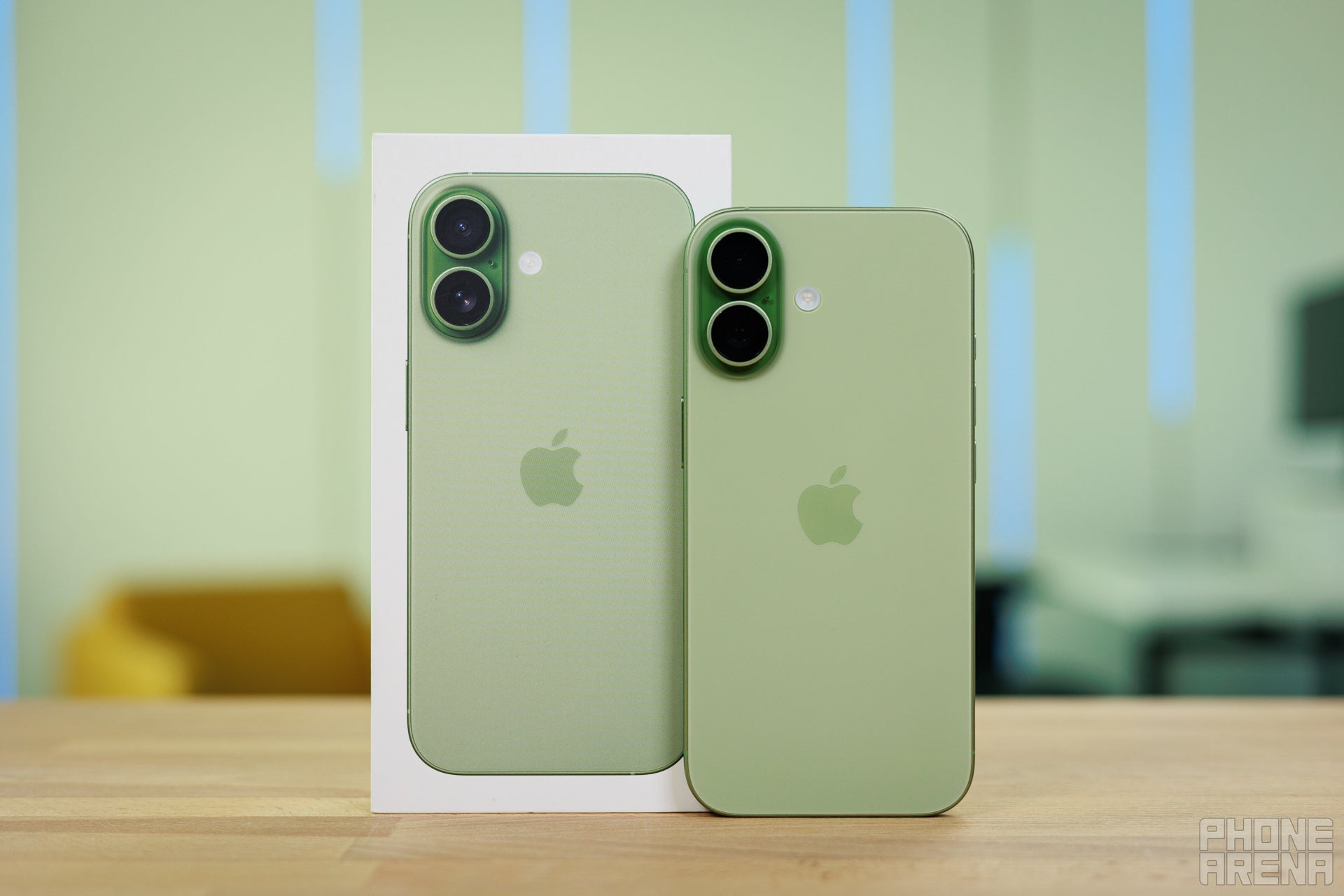
Lovely in Sage
From a visual standpoint, the iPhone 17 is pretty much identical to the iPhone 16; there are no major differences that separate the two generations. You get the very same fairly compact phone (albeit marginally taller, wider, and heavier), but now with an even more scratch-resistant Ceramic Shield 2 at the front as well as an aluminum frame once again. Like the iPhone 16, the iPhone 17 features matte glass in the back, which is soft to the touch and holds no fingerprints, just like on the iPhone 16.
At the front and on the sides, the situation is painfully familiar. We have a flat and slightly larger 6.3-inch Super Retina XDR screen at the front with the Dynamic Island cutout up top. The sides feature the customizable Action and volume buttons on the left-hand side, while the right-hand side houses the power button and the Camera Control key, which these days also doubles as a Visual Intelligence shortcut.
Is the same design a bad thing to have? Has Apple dropped the ball?
Absolutely not. The base iPhone looks exceptionally smart and sophisticated in its simple, clean design. There's nothing inherently wrong with how the iPhone 17 looks and feels in the hand, so we have absolutely no issue with Apple reusing the same design for yet another year in a row.
Personally, I've never had an issue with how simple and rudimentary a base iPhone looks. In a world where most Android phones engage in an arms race to score cool differentiating hardware features, the understated appearance of the iPhone feels strangely appealing.
This year, Apple really popped off with the pastel color selection for the base iPhone, which is available in Black, Mist Blue, Lavender, Sage, and White. Not a bad selection at all, though I'll admit I miss the rich Ultramarine color option that was available on the iPhone 16. Among the new ones, it's the Sage color that is my favorite this year.
Inside the iPhone 17 box, you will find the iPhone itself, a braided USB-C cable, and the leaflet manuals; that's it.
Where things really start getting exciting for the iPhone 17 is the display. Not only is the new screen larger at 6.3 inches in comparison with 6.1 inches on most previous iPhones, the screen is now finally ProMotion-capable.
Thanks to that, it can refresh itself between 1 and 120 Hz depending on the on-screen context, maximizing both battery savings and delivering a smooth scrolling experience. It also enables always-on functionality on the iPhone 17. This finally addresses one of Apple's most glaring omissions. I honestly can't remember what the last small Android flagship with a 60Hz screen was, and chances are neither can you. The fact that it's now 2025 and the iPhone 17 only now scores this standard display feature is pretty telling of Cupertino's stubbornness.
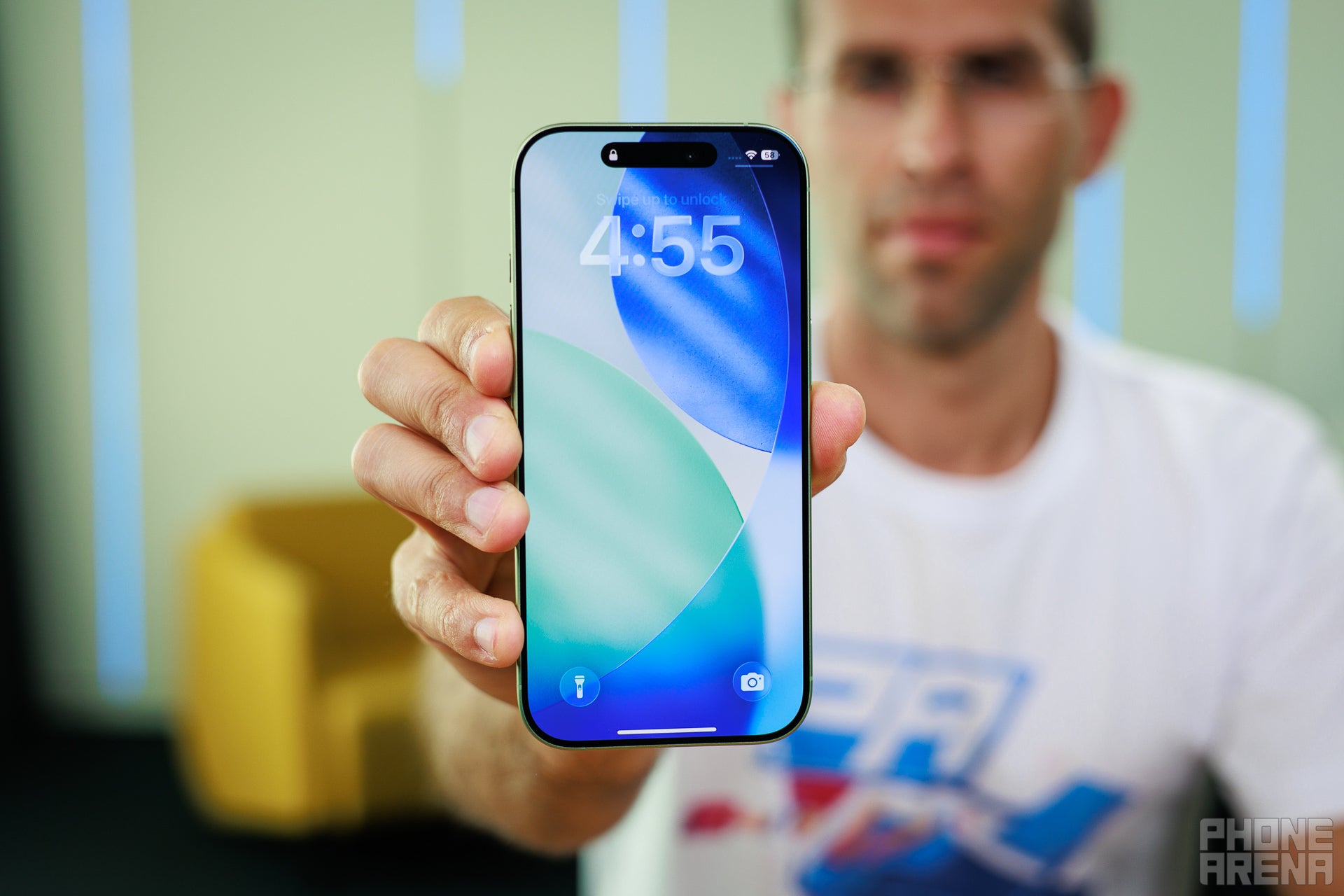
The regular iPhone finally gets a marvellous display
Apple has also greatly boosted the peak brightness: from 2,000 nits on previous iPhones to 3,000 nits on the iPhone 17. That's definitely a great feature to have, especially if you use your iPhone too much out and about. However, as per our tests, it's the Pixel 10 that beats the iPhone 17 in total brightness output; the Galaxy S25 isn't far behind, either.
Display Measurements:
But that's not all! The display of the iPhone 17 now has some anti-reflective properties that promise less glare and reflections in diverse lighting conditions. While the effect is not as extreme as on the Galaxy S25 Ultra, there are certainly fewer reflections observed on the iPhone 17 screen as opposed to a previous iPhone, and that's pretty great! We appreciate the inclusion of this feature.
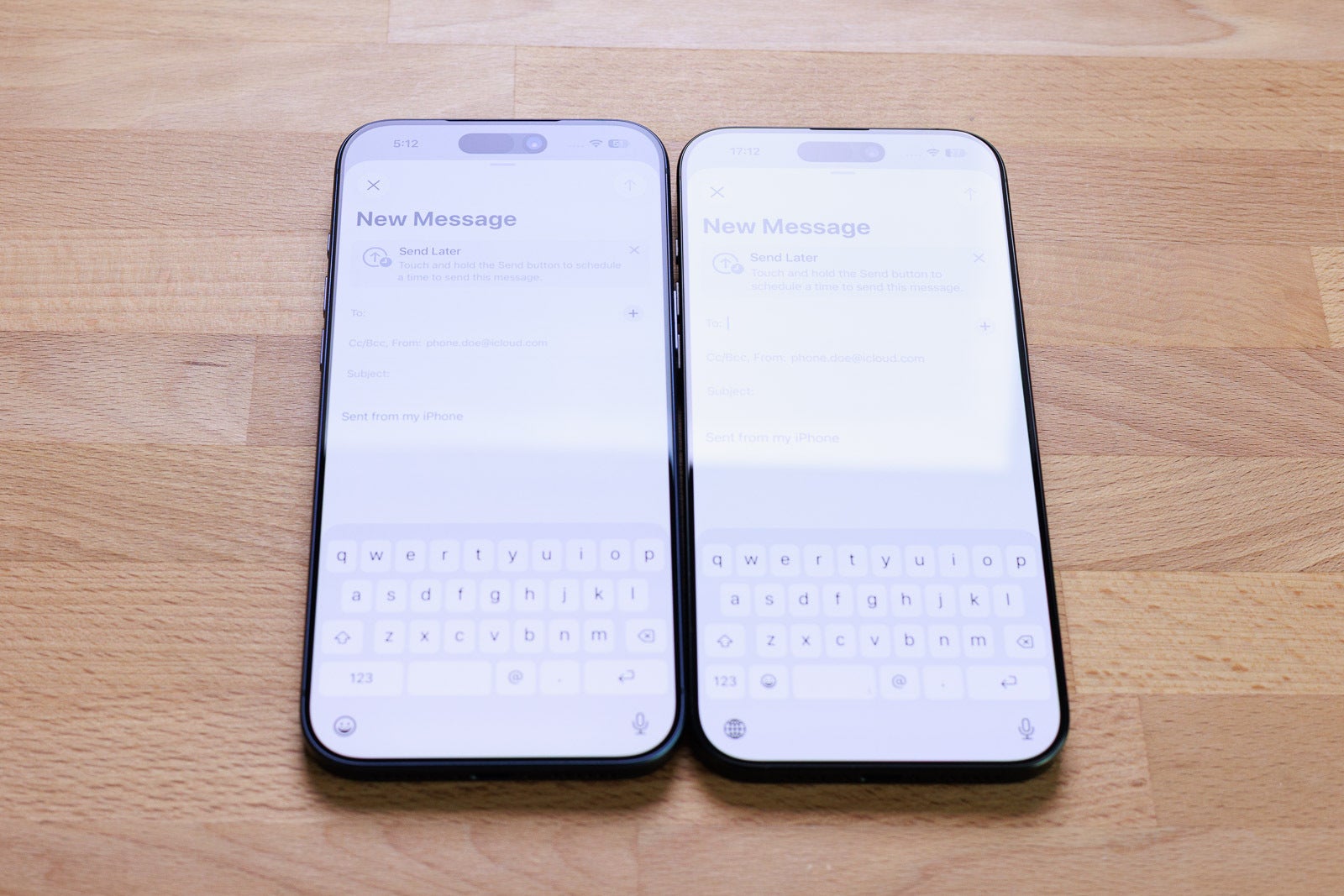
iPhone 17 on the left, iPhone 16 on the right
Face ID is the default and only biometric choice on the iPhone 17. It is intuitive and works pretty great; we see no need for a change here.
iPhone 17 Camera
Dependable, reliable, consistent
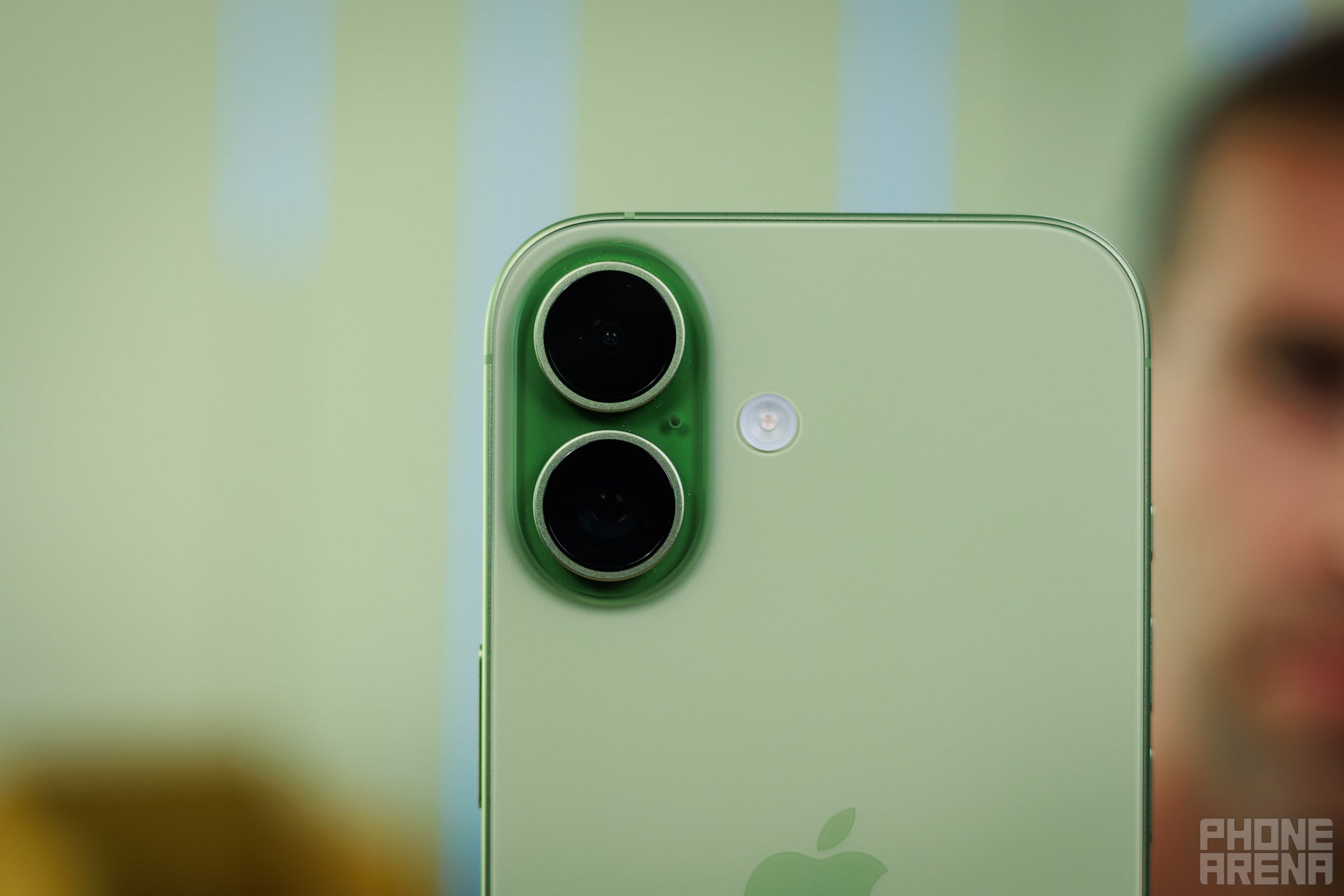
It's difficult to criticize the iPhone 17's camera. Sure, it lacks a crazy zoom and almost all the professional features available on the Pro models, it doesn't even have a dedicated telephoto lens, but the consistent and reliable image quality its camera delivers is pretty hard to beat at this price point.
The iPhone 17 comes with the same 48MP F1.6 main camera from the iPhone 16 but scores a new ultrawide camera. Now clocking in at 48MP in comparison with the 12MP ultrawides found on multiple previous iPhones, the iPhone 17 can take either 24MP or 48MP images with a fairly wide 120º field of view. It's also fairly fast at F2.2, suggesting a pretty strong low-light performance.
Another highlight is the FaceTime camera, which has been upgraded to 18MP and now features a square sensor. That's a pretty big deal, as it allows you to capture landscape selfie videos while holding the phone in portrait mode, or vice versa. Thanks to Center Stage, a feature found on the iPads, the camera can now intelligently keep your face in the center of the frame as you move around during video calls.
There's a completely new shooting mode that makes use of this. Thanks to dual capture, you can record footage with both the rear and front cameras at the same time, with the front video superimposed over the rear footage, which might come in handy for those who vlog a lot.
What about the image quality?
In lower light, the iPhone 17 does a pretty decent job of capturing moody photos, but the dynamics aren't stellar. Highlights sometimes get burned out, but at least the shadows look good and aren't artificially lifted as with some Android phones.
iPhone 17 Camera Samples
Daytime camera samples
The iPhone 17 is extremely dependable when it comes to camera image quality. It delivers great dynamics in well-lit scenes, with sharp but natural detail and no excessive overprocessing, which is great to see.
Zooming is great at 2X, where the iPhone 17 still maintains great details, but at 5X and beyond things quickly go awry and you start losing sharpness.
Low-light camera samples
In lower light, the iPhone 17 does a pretty decent job of capturing moody photos, but the dynamics aren't stellar. Highlights sometimes get burned out, but at least the shadows look good and aren't artificially lifted as with some Android phones.
There is some noise, but overall, the iPhone 17 does a fine job of capturing a night-time photo that looks proper and not like an overprocessed and badly Photoshopped scene.
The other big camera change is a brand-new 18MP front camera with a square sensor. This enables a cool new ability: you can now take landscape selfies while holding your phone vertically! This is not only cool, it’s practical. Previously, while taking a landscape selfie, your eyes would always look to the side, because we usually look at the screen when taking a picture (and the lens is to the side).
Now, that problem is gone, and people in landscape selfies finally look AT the camera.
And one more thing: the front camera now features a much wider lens, so you can fit more in. The new lens has a focal length of around 20mm vs 23mm on the iPhone 16 and earlier. Nice!
Video Quality

With the iPhone 17, we don't get a lot of new features in terms of video recording save for the aforementioned dual capture option. Videos max out at 4K@60fps, so no 4K@120fps here, certainly a "pro feature" that regular users would benefit little from.
iPhone 17 Performance & Benchmarks
Embarrasses even pricier flagships
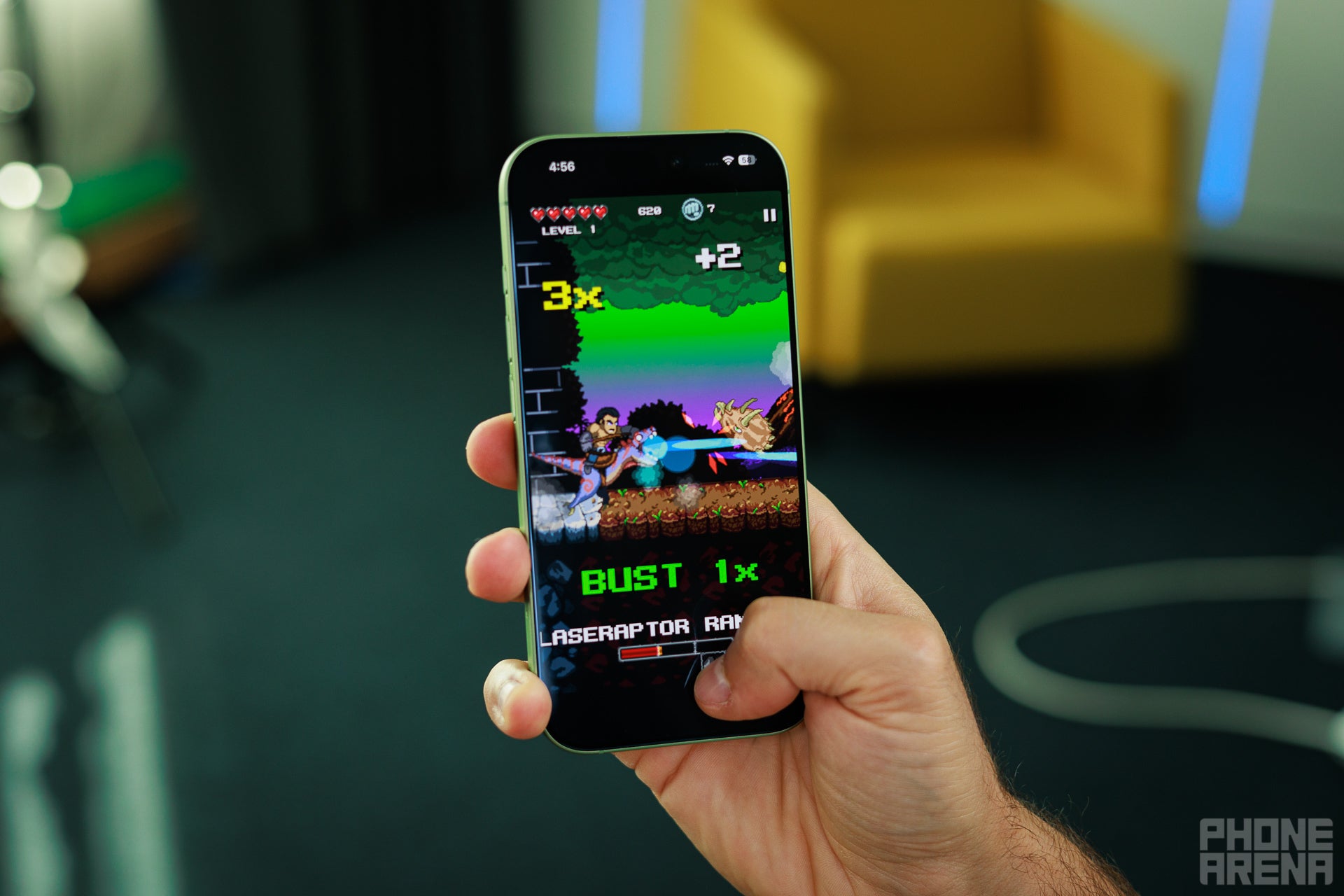
The iPhone 17 comes with the 3nm Apple A19 chipset, which comes with dual performance and quad efficiency cores, a five-core GPU with Neural Accelerators for better AI task handling, ray tracing support, and the familiar 16-core Neural Engine. While the Pro iPhones come with a beefier A19 Pro, the regular chip in the iPhone 17 easily meets the average user's needs without breaking a sweat.
In terms of performance, we are used to each and every Apple chipset generation scoring significant performance and efficiency gains in comparison with their predecessors, and the A19 is no different. In real life, it's snappy, quick, and leaves the impression of having vast reserves of spare performance at all times. Exactly what a 2025 phone should feel like.
The phone comes with 8GB of RAM, which is apparently the bare minimum necessary for all the Apple Intelligence features on deck to function properly. The iPhone 17 Pro and Pro Max get 12GB of RAM, mind you.
Apple has also doubled the available storage. The iPhone 17 starts with 256GB of native storage and is also available with 512GB of the stuff. Personally, I love that 128GB is getting phased out industry-wise, as it's just not enough for long-term use these days.
CPU Performance Benchmarks:
Our benchmarks are pretty clear: it's the iPhone 17 that dominates the Geekbench 6 single-core test by a significant margin over the iPhone 16 and its Android rivals. Yet, the Snapdragon 8 Elite chipset beats it in the multi-core test, where the Qualcomm chip edges gracefully past it. One thing is for certain: performance-wise, the iPhone 17 is up there with the best flagships.
GPU Performance
When it comes to graphics performance, the iPhone 17 impresses in the 3DMark Extreme stress test. While the Galaxy S25 achieves a higher peak result, it's actually the iPhone 17 that delivers the better sustained result and decidedly beats the Galaxy S25, iPhone 16, and the Pixel 10.
iPhone 17 Software
The iPhone 17 ships with iOS 26, which is the biggest software update for iOS in more than a decade. With one fell swoop, Apple laid rest to the flat design language that ruled the landscape since iOS 7 and introduced Liquid Glass. The latter tries to be a fresh new design that promises a representation of how glass, fluids, and light could interact in a digital interface.
In a perfect world, Liquid Glass would have been a major success story of how you handle a drastic redesign on a mature market, but sadly, we live in an imperfect world.
The new Liquid Glass icons are an acquired taste, but personally, I am not a fan; they look too blurry, too childish, and too cartoonish to me. The new tinted mode for the icons makes everything look like something out of a random third-party Android launcher released in 2014. That's not something one expects out of Apple, which has always put design on a pedestal.
iPhone 17 Battery
Hey, that's pretty good!
Battery life has quickly proved to be the running theme with the iPhone 17 generation, mostly due to the iPhone Air, which pushes the boundaries with its thin design and the heightened necessity for efficiency. The iPhone 17 also benefits from the improved efficiency of the new A19 chipset.
Equipped with a modest 3,692 mAh battery, the iPhone 17 actually performs very similarly to the iPhone 16 in terms of overall battery life. In our web browsing test, the iPhone 17 and iPhone 16 perform nearly identically to one another, and the same generally applies to the video-streaming test. Overall, the iPhone 17 delivers dependable results.
PhoneArena Battery Test Results:
At the bottom of the iPhone 17, there's a USB-C port that still only supports USB 2.0 data speeds, but surprisingly, Apple has improved the charging speeds by a lot.
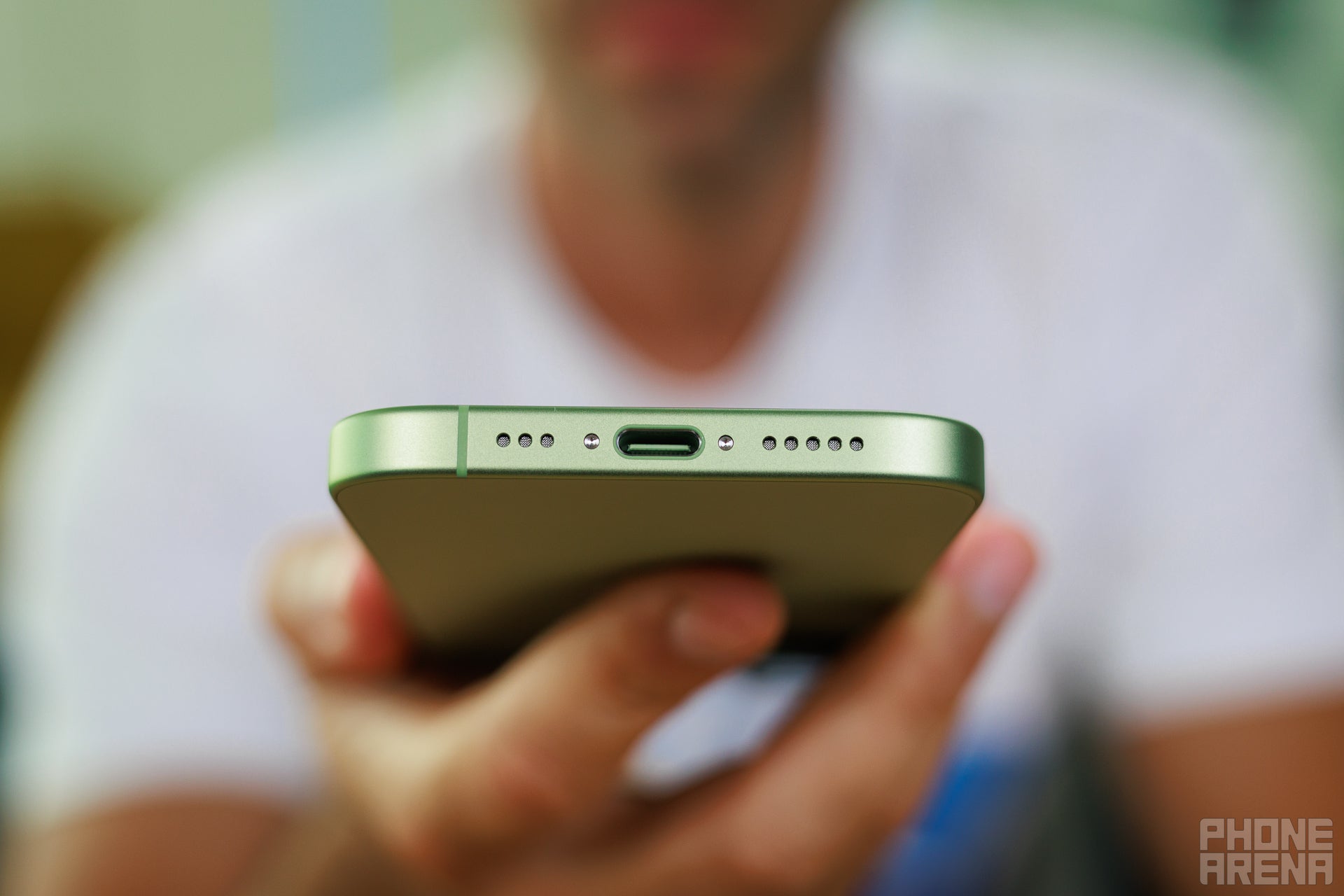
A nice USB-C port, but still merely USB 2.0 speeds
The iPhone 17 can charge at up to 40W with a compatible charger. That's double the charging speeds of the iPhone 16. Apple promises a 50% charge in just 20 minutes.
MagSafe and Qi2 are both supported here. The wireless charging speed caps out at 25W, so just a bit slower than wired charging.
iPhone 17 Audio Quality and Haptics
The iPhone 17 delivers a superb audio experience. There's an improvement in terms of quality from the iPhone 16, which is great to hear! The sound is loud and clear, with a hefty amount of bass and richness, as well as depth in the mids. You will definitely enjoy whatever you listen to, be it a podcast or a YouTube video.
However, more premium devices like the iPhone 17 Pro Max and Galaxy S25 Ultra deliver slightly more oomph with richer, bassier sound that might be a bit more enjoyable, but the iPhone 17 is perfectly fine here.
iPhones have always had great haptics, and the iPhone 17 is no different. There isn't an actual difference between the new device and the older iPhone 16, do have in mind. The vibrations are strong and precise.
Should you buy it?
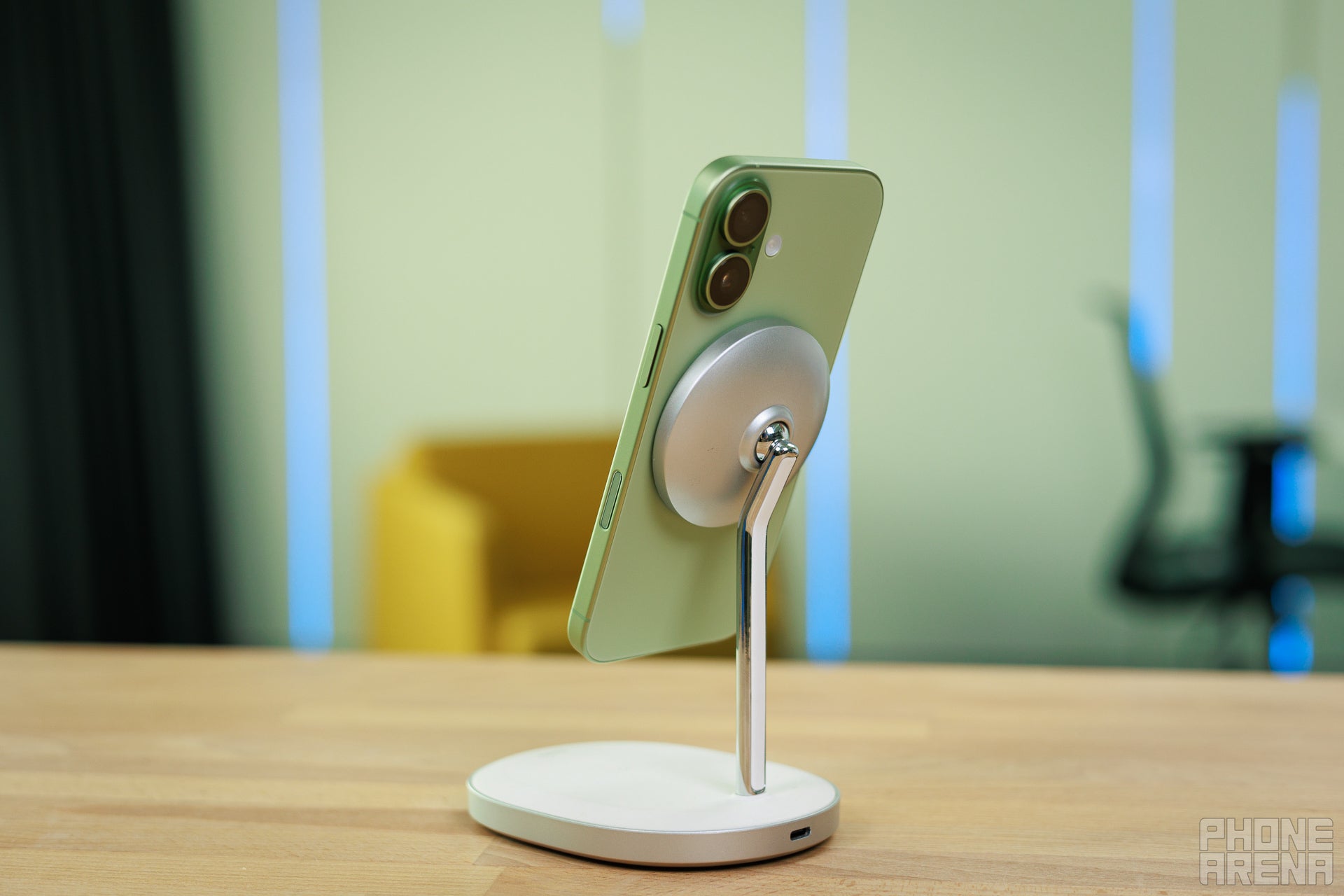
Yes, you absolutely should.
If you've been holding off on upgrading from your older iPhone, now is the perfect time to do that, as the iPhone 17 finally addresses most of the hardware elephants in the room. We finally get a very bright and super-smooth display on the base iPhone, which had been limited to 60 Hz for far too long.
The wired charging speed also scores an important upgrade that cuts down the time your iPhone has to spend plugged in. The camera continues to be extremely dependable and consistent, and you now get a plentiful 256GB of storage to house all those pictures and videos you capture.
Pair all that with the fairly sensible pricing, and what you're left with is pretty much the perfect iPhone for just about anybody.
Follow us on Google News


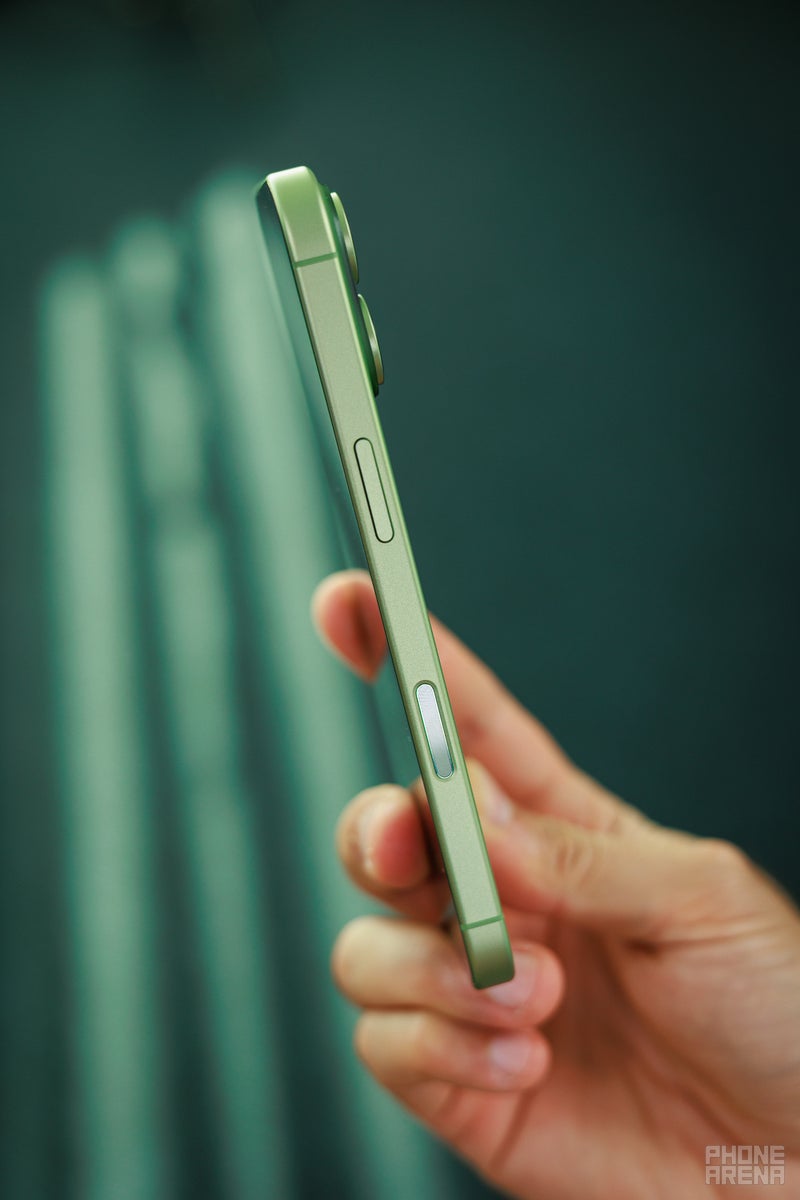
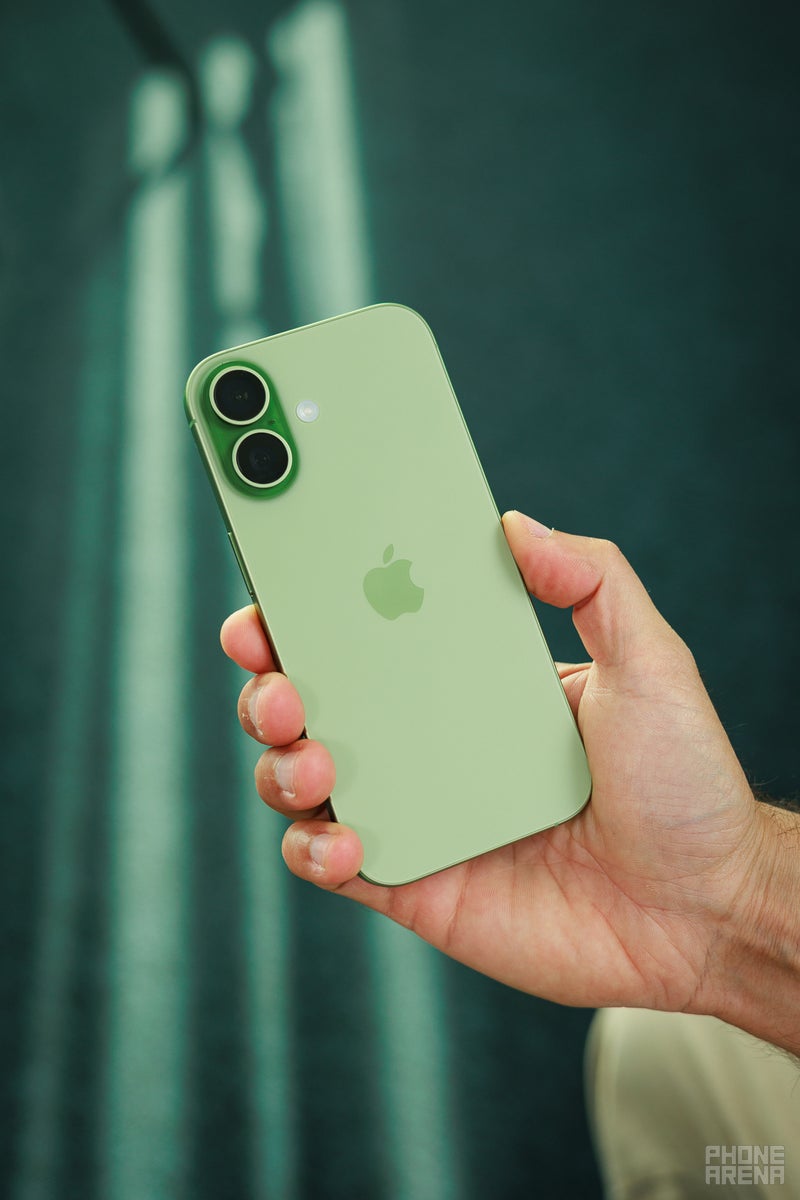
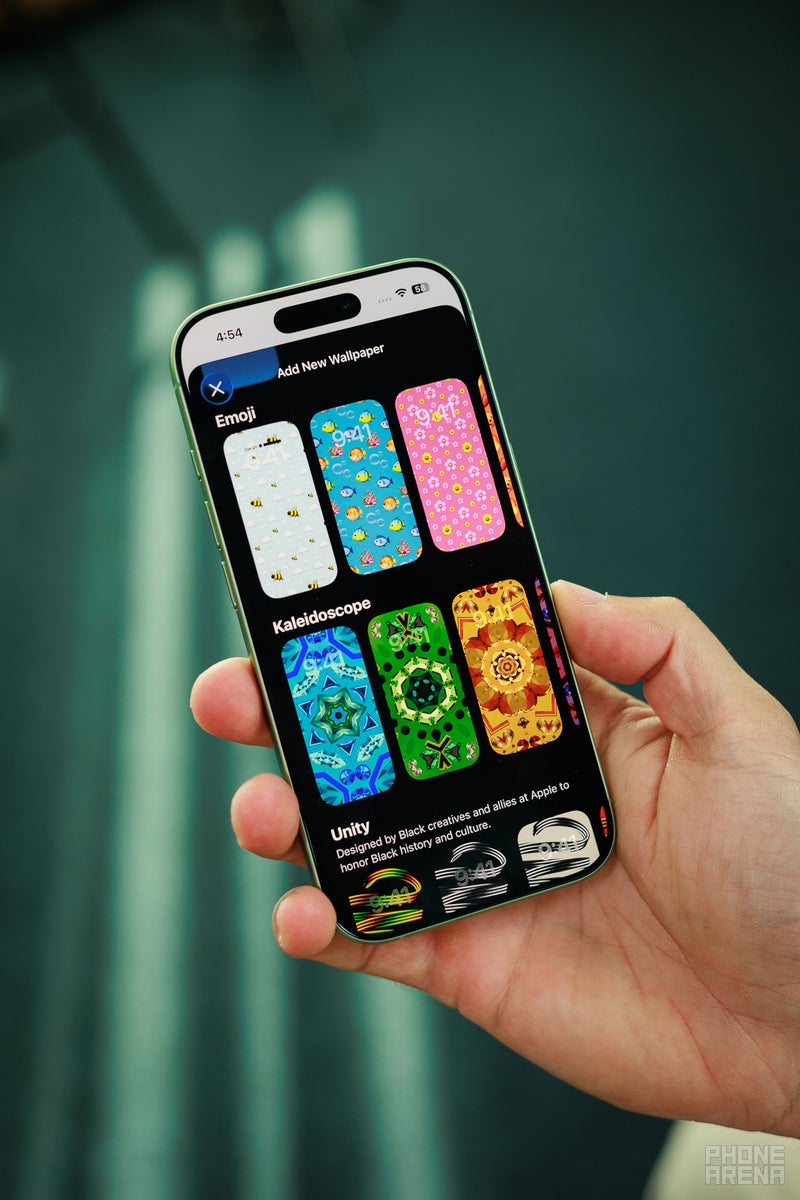
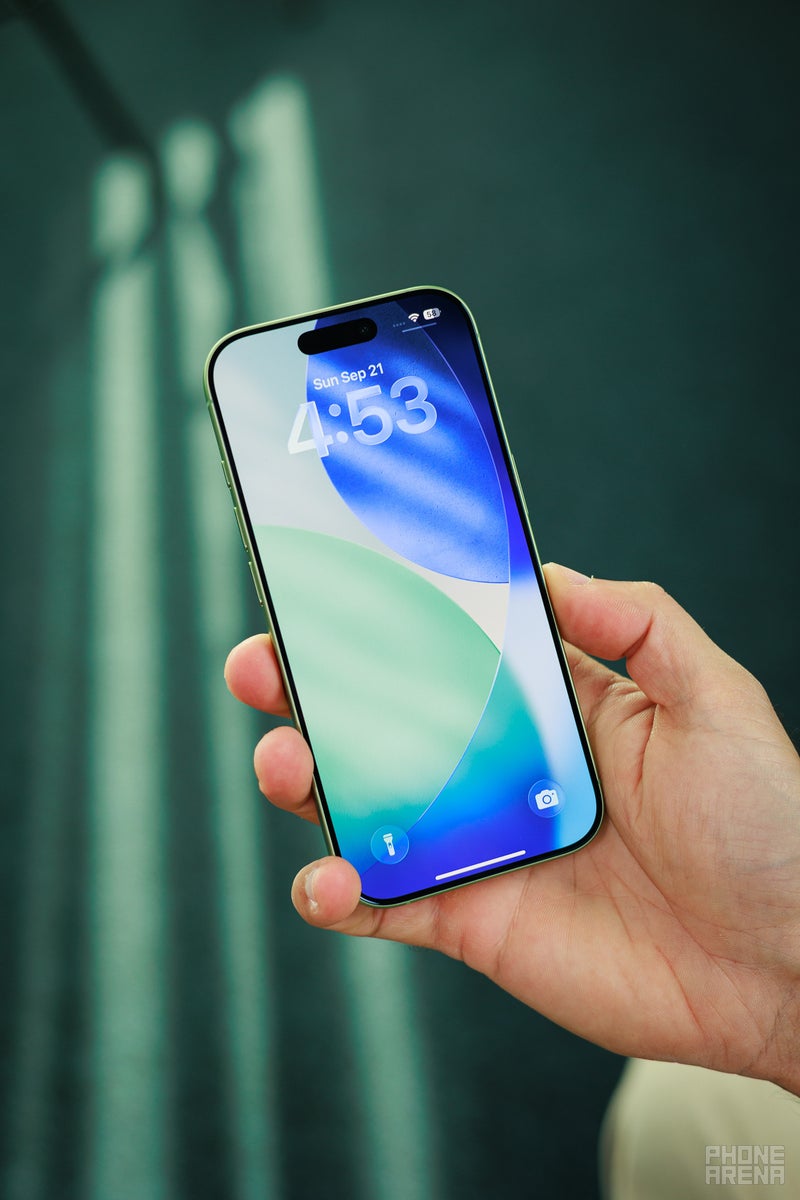
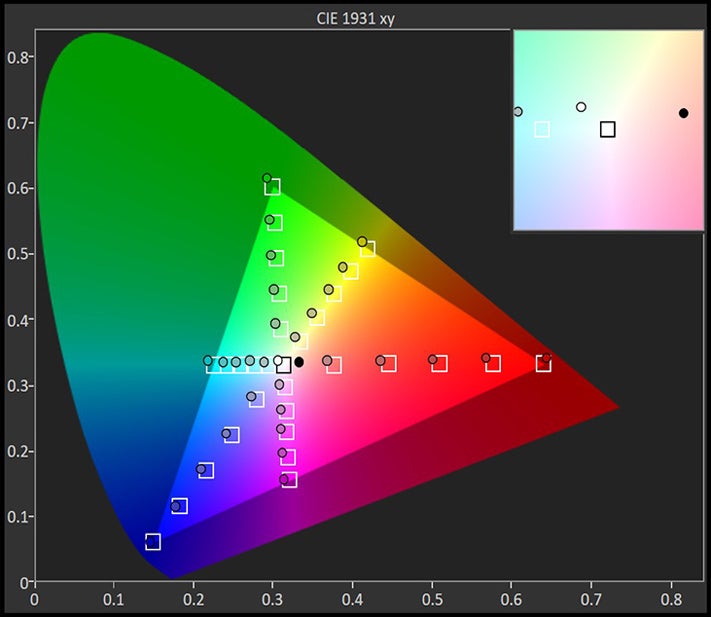













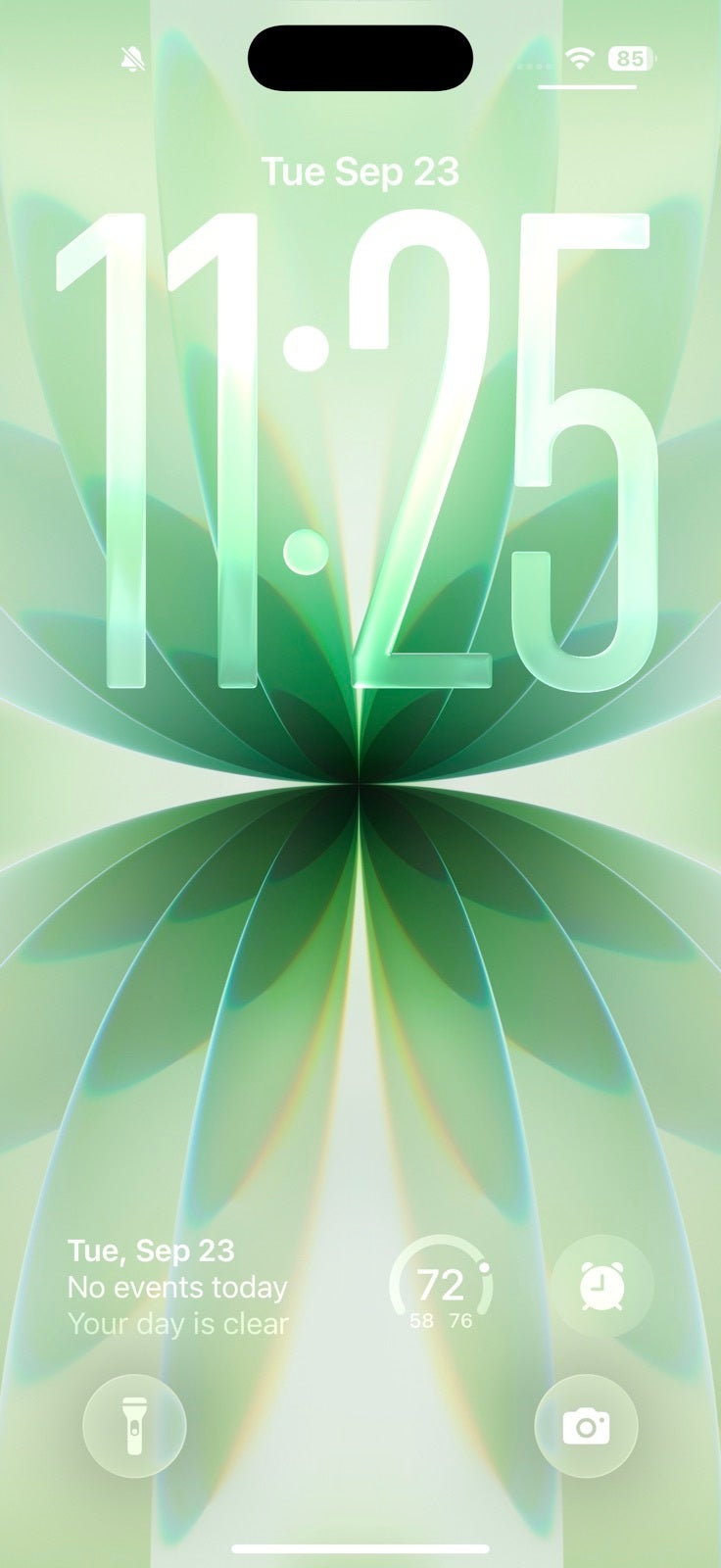
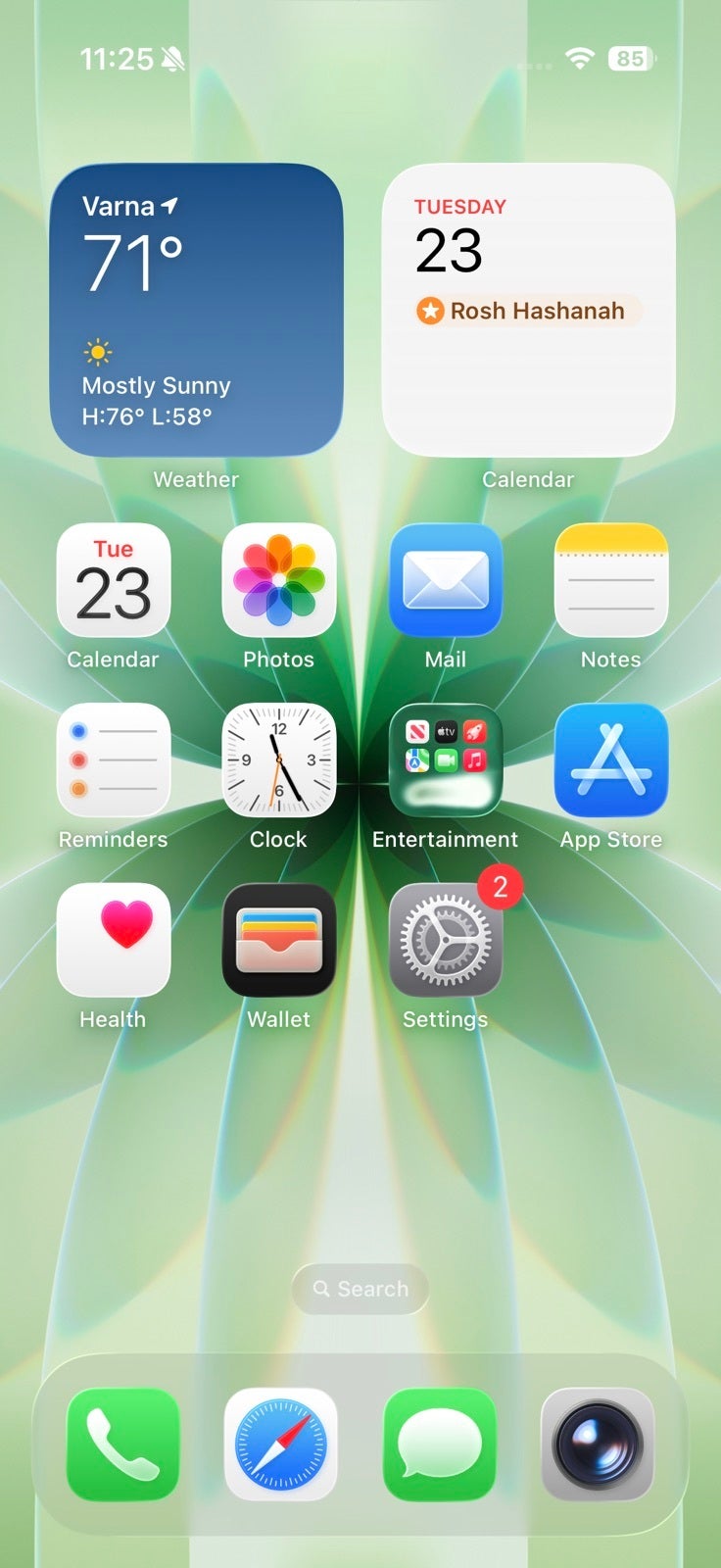
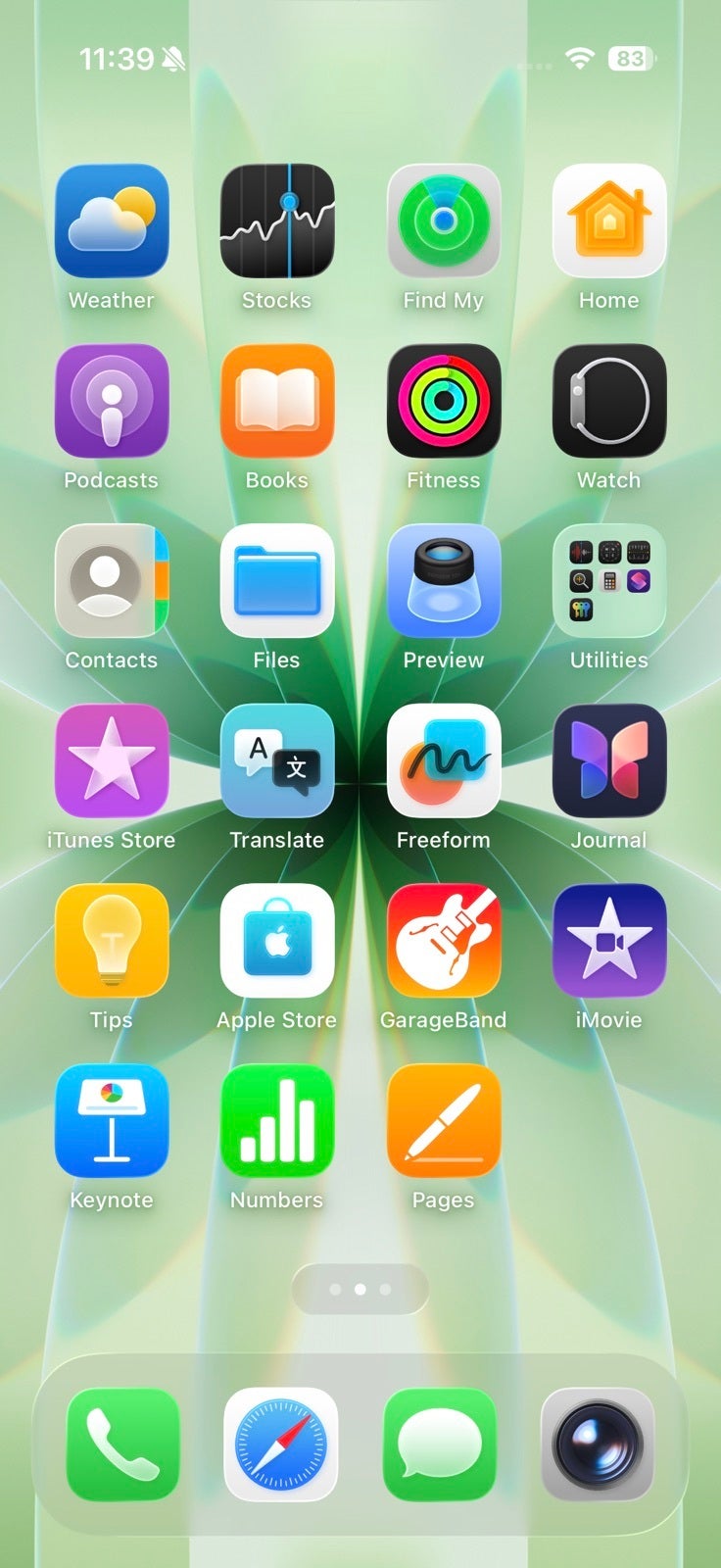
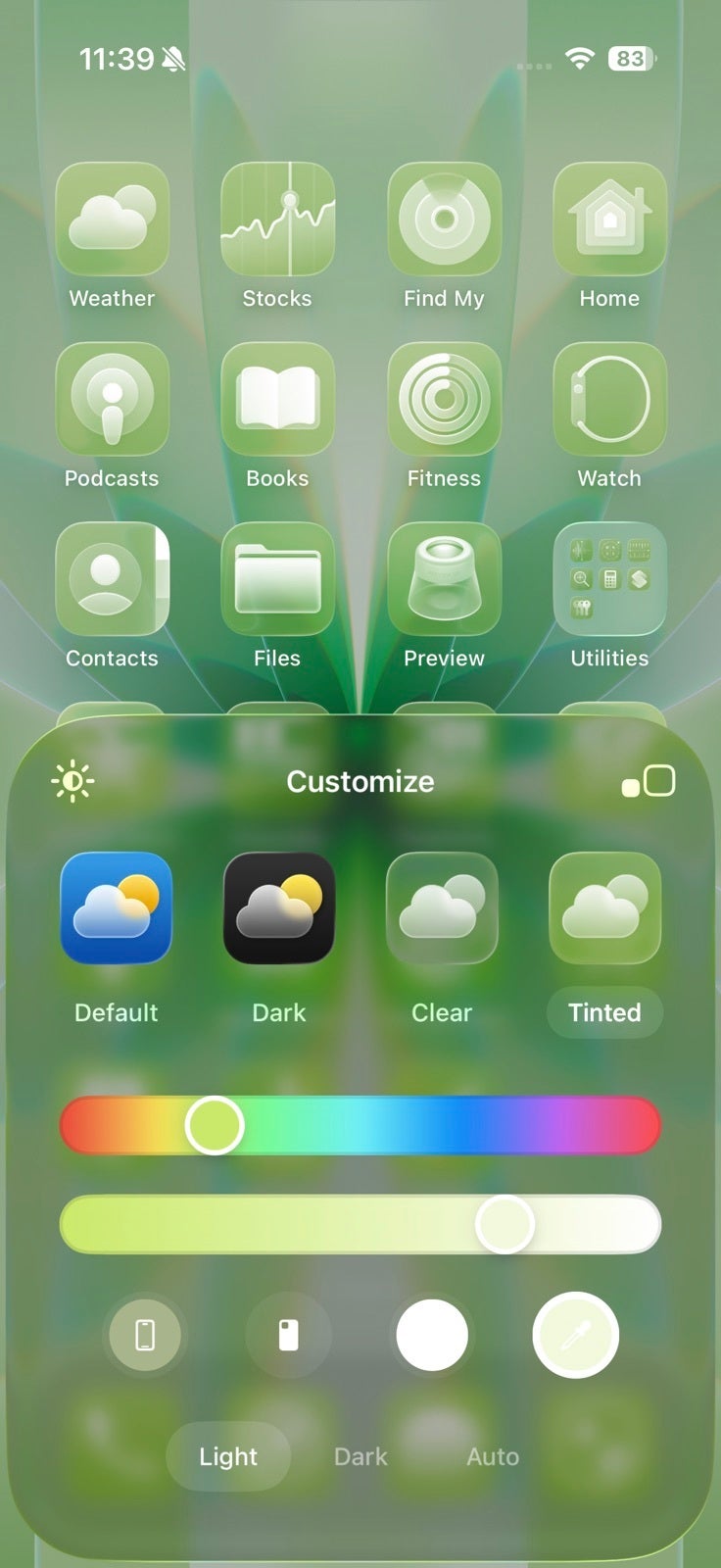



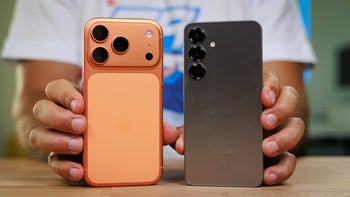
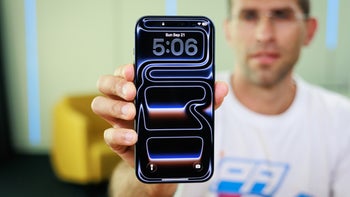
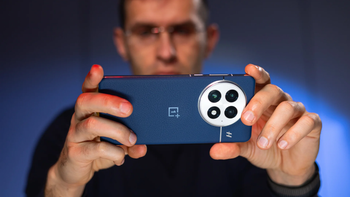
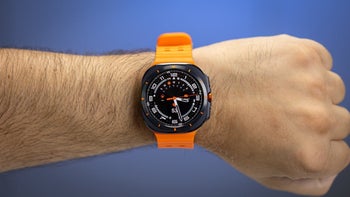
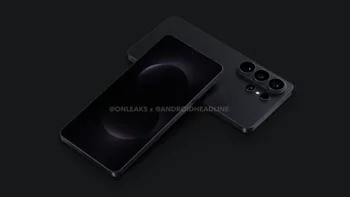
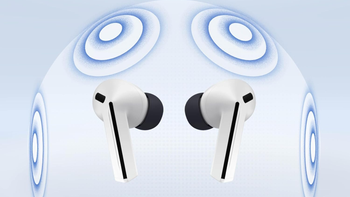
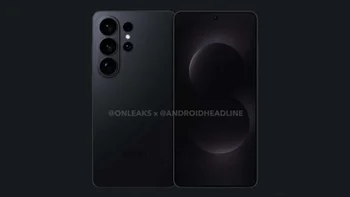

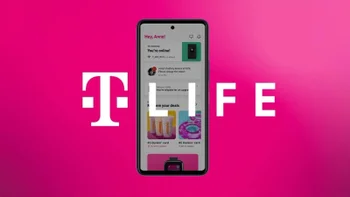

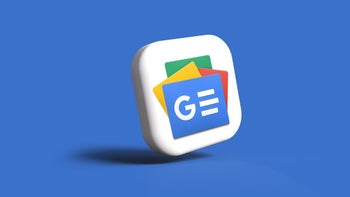
Things that are NOT allowed:
To help keep our community safe and free from spam, we apply temporary limits to newly created accounts: